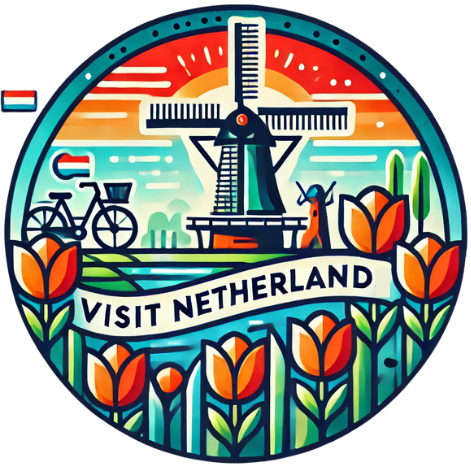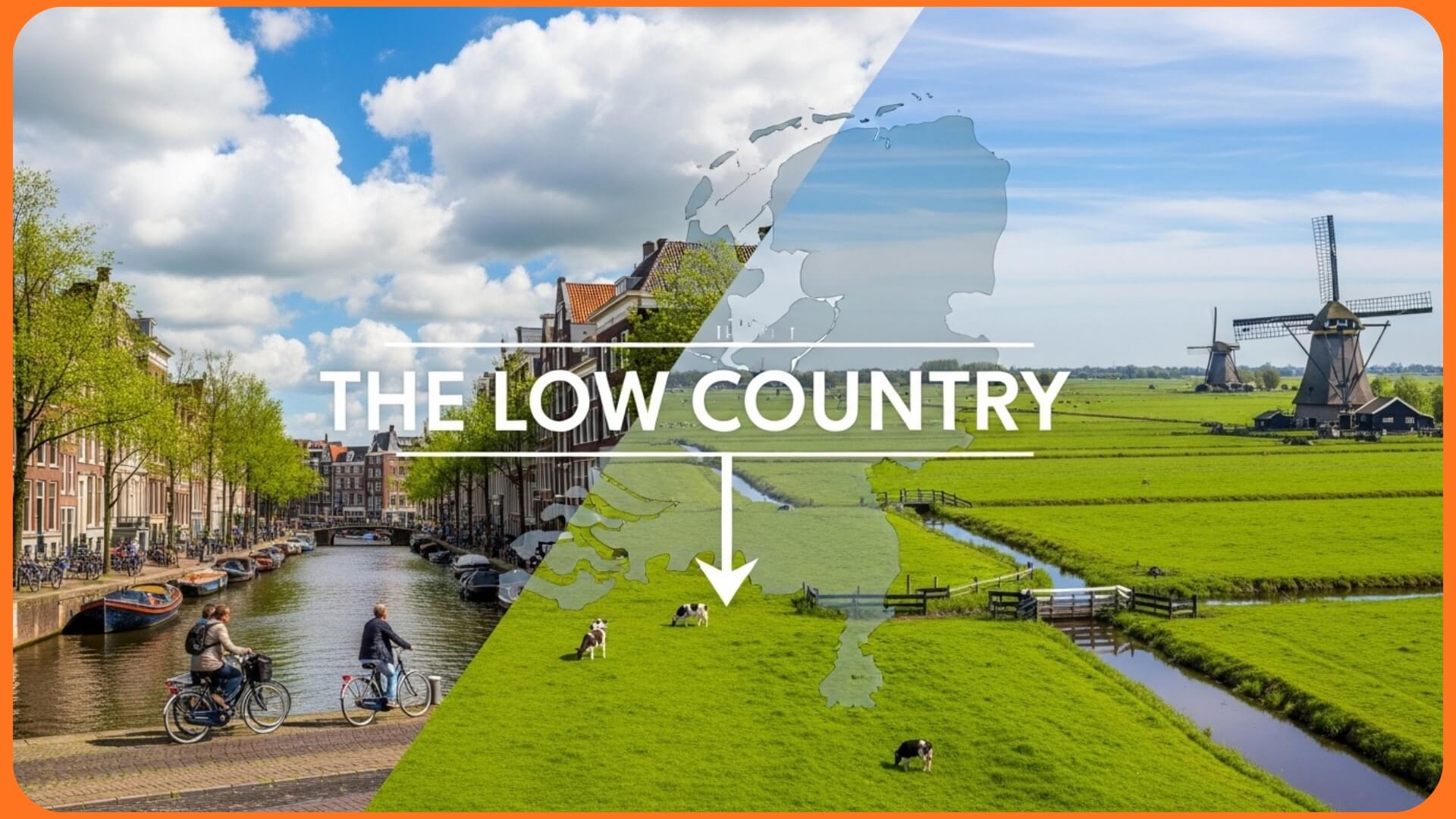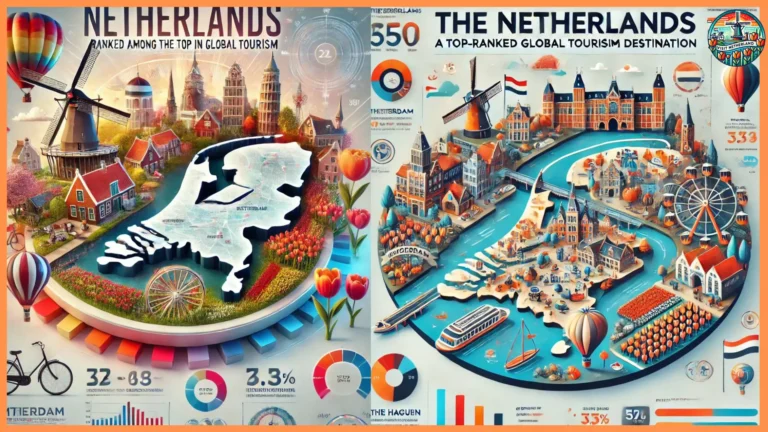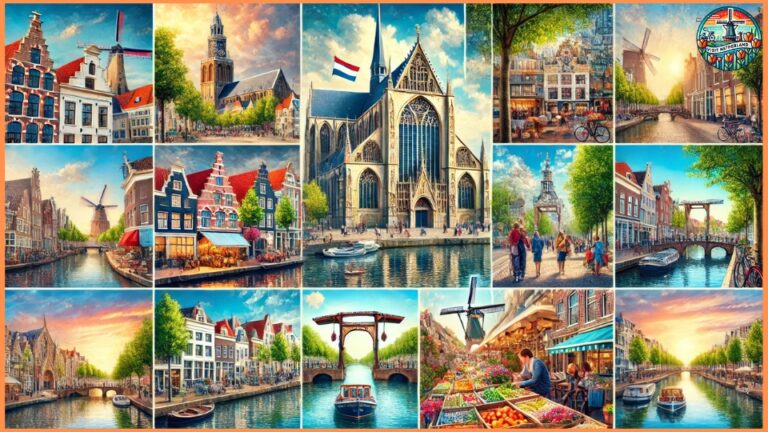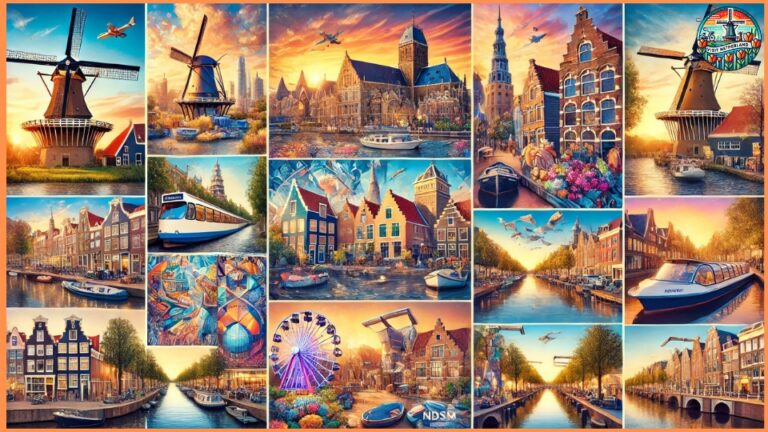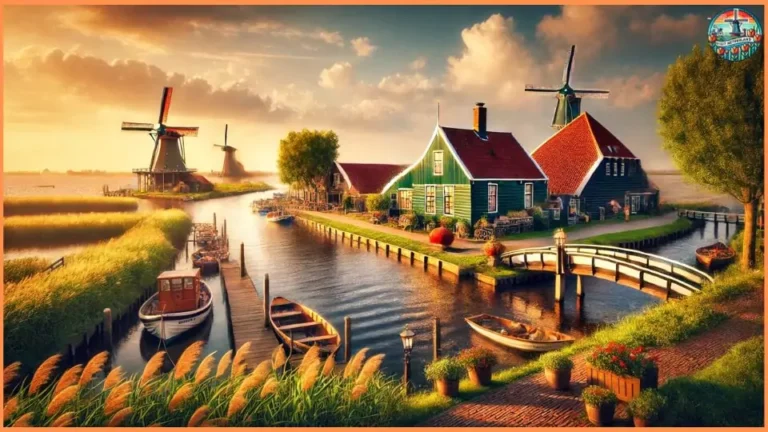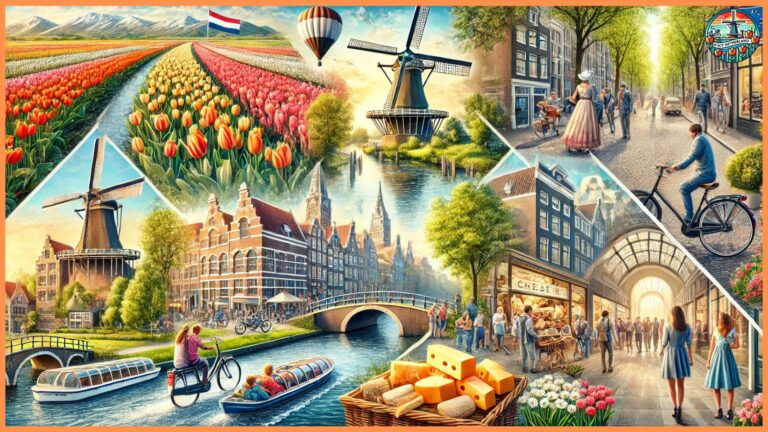Why Is the Netherlands Called the “Low Country”?
Ever wondered why the Netherlands has such a funny-sounding nickname? Well, it’s not just clever branding — this country literally earned its name by being, well… low. Really low. Like, “parts of it are actually below the ocean” low.
Let’s dive into why the Dutch ended up with arguably the most straightforward country name in history.
What “Low Country” Actually Means
Here’s the thing: the Netherlands didn’t get creative with its name. “Nederland” in Dutch translates directly to “low land.” Yep, they just looked around at their super-flat geography and went, “Sounds about right!”
The country sits so low that about one-third of it is actually below sea level. Imagine living somewhere where the ocean is literally higher than your house. The Dutch don’t have to imagine — it’s their daily reality.
Fun fact: when people say “Low Countries” (plural), they’re talking about the historical region that includes modern-day Netherlands, Belgium, and Luxembourg. So it’s like a whole neighborhood of low-lying land.
Just How Flat Are We Talking?
The Netherlands is so flat it’s almost comical. The highest point in the entire country — Vaalserberg — is only 322 meters (about 1,056 feet) high. That’s basically a hill. In some countries, that wouldn’t even count as a warm-up for hikers.
The lowest spots? Places like the Randstad region, Zeeland, and North Holland actually sit below sea level. Cities like Rotterdam and Amsterdam are literally lower than the ocean next door.
To keep all that water out, the Dutch built an insane network of dikes, canals, drainage systems, and pumps. It’s like living in a bathtub where you constantly have to bail out water, except on a national scale.
Where This Whole “Low Countries” Thing Started
Back in medieval times, the French called this region “Les Pays-Bas” (literally “the Low Countries”). They were talking about the low-lying areas around the Rhine, Meuse, and Scheldt rivers — basically anywhere that looked like it might flood on a Tuesday.
This whole region was part of the Holy Roman Empire for a while, and then got divvied up over the centuries into what we now know as the Netherlands, Belgium, and Luxembourg. The name just… stuck. Because why fix what ain’t broke?
Fighting Water for Centuries
The Dutch relationship with water is basically an epic, never-ending battle. Picture this: storms, floods, the North Sea constantly trying to reclaim the land. The North Sea Flood of 1953 was particularly brutal and convinced the Dutch that they needed to level up their defenses.
Enter the polders — land reclaimed from the sea or lakes using dikes and drainage. The Dutch got so good at this that they literally created new land. They looked at the ocean and said, “Actually, we’ll take that bit, thanks.”
Then came the Delta Works — one of the world’s most impressive engineering projects. It’s basically a massive system of dams, barriers, and storm surge gates protecting the country. Engineers worldwide still geek out over it.
More Than Just Geography
Here’s the cool part: being the “Low Country” became central to Dutch identity. It’s about resilience, innovation, and refusing to let geography tell you what you can’t do.
The Dutch turned a massive disadvantage (hello, living below sea level) into a source of pride. They became world leaders in water management, sustainable design, and climate adaptation. Other countries now ask them for advice on flood protection.
It’s like they took the hand they were dealt and said, “Watch this.”
So why is the Netherlands called the “Low Country”? Because it is one. Simple as that. A huge chunk sits below sea level, it’s flatter than a pancake, and the name literally means “low land.”
But here’s what makes it fascinating: the Dutch didn’t just accept their low-lying fate. They built dikes, reclaimed land, engineered solutions, and turned their geographical challenge into a national superpower.
Pretty impressive for a country where you can literally be below the fish swimming in the ocean next door, right?
